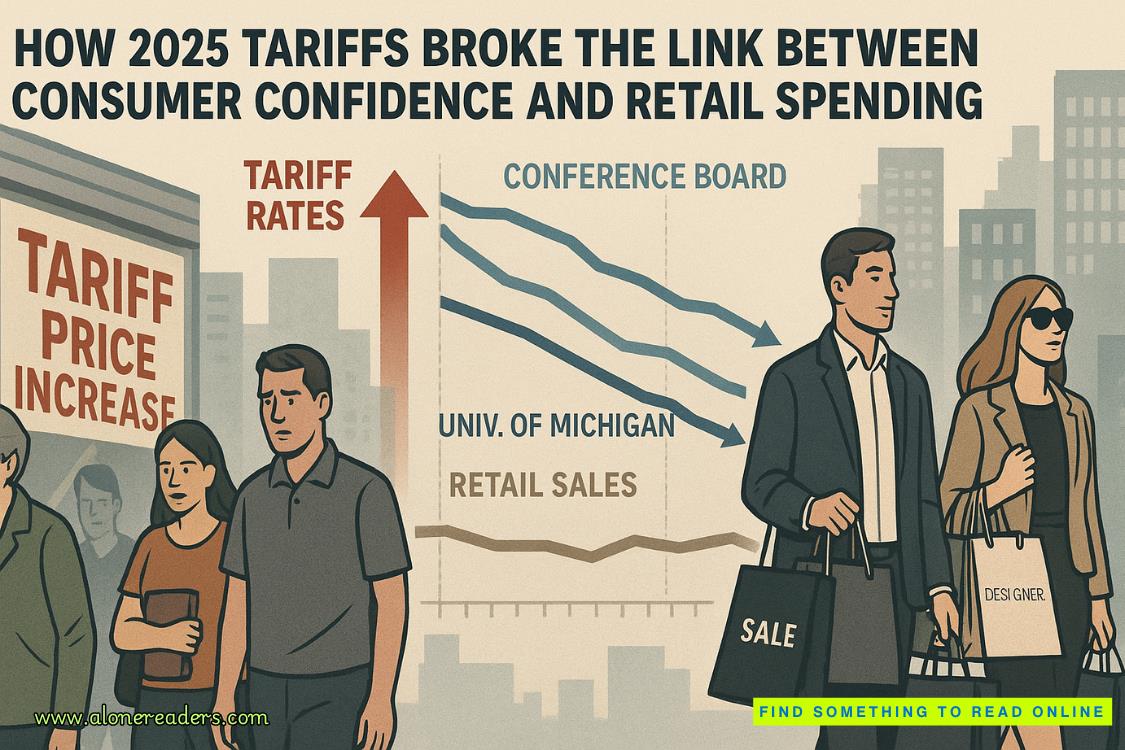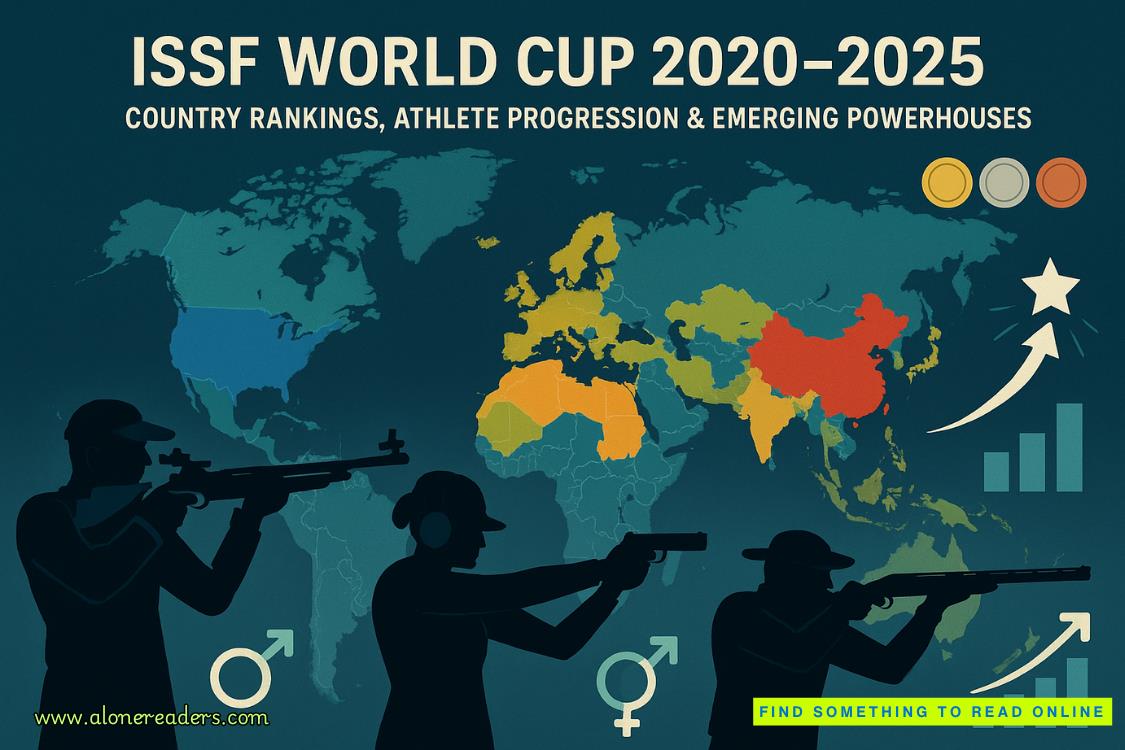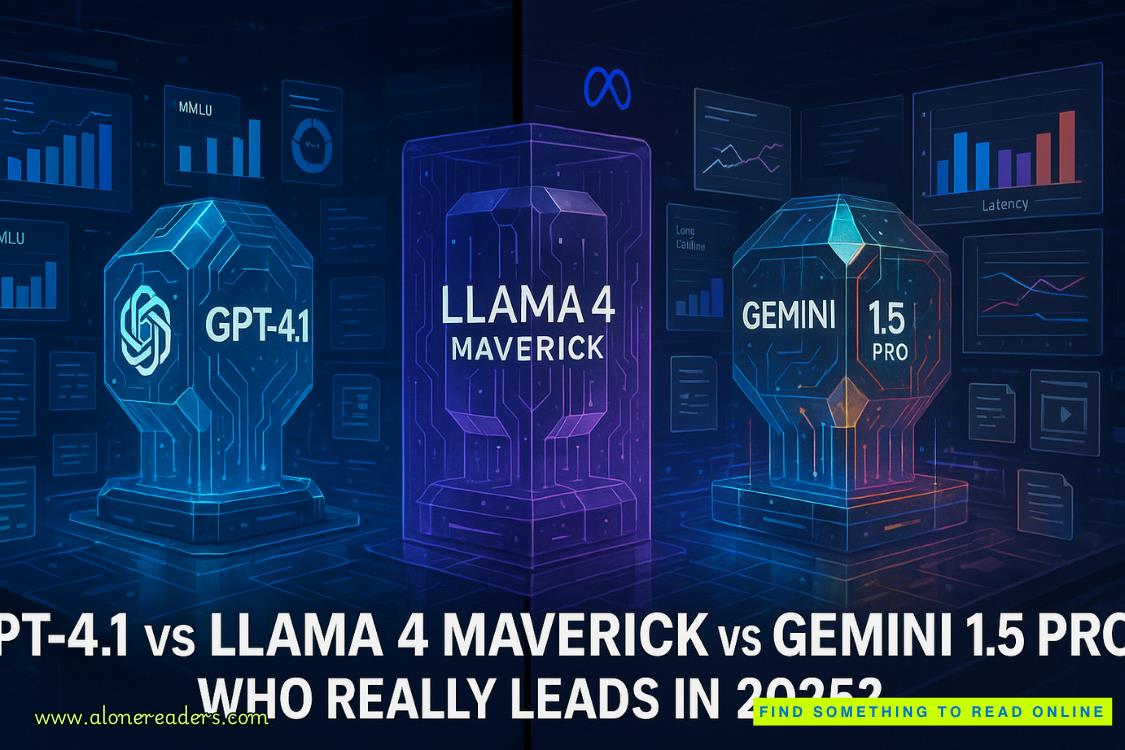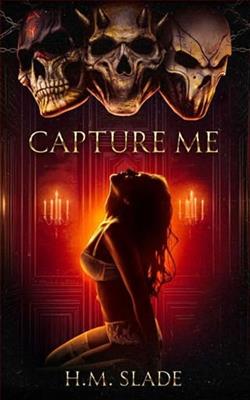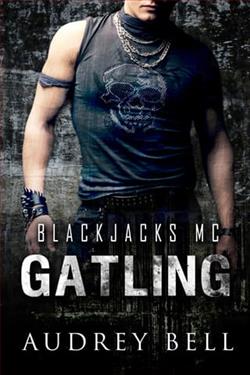Page 60 of The Sign for Home
You pray to Jehovah God, but as you pray a blurry image appears in your mind. It’s her photograph, the one that you held in your pocket for so long. Then another face appears. This one is blue. It’s S’s god. The Blue God.
25TABITHA
The conference center was massive, but within a few minutes I was able to find the hall and locate Mindy, my old colleague from Poughkeepsie, along with a whole gaggle of other interpreters. Interpreters are never hard to spot in a room thanks to their unflashy, solid-colored, skin-contrasting clothes, their usually obtrusive stance at the front of a room, and their quintessentialinterpreter faces, which say:Yes, you see us in this space, but we reside in a liminal world between you and the reason you are here, so don’t ask us questions.
Mindy looked different from when we worked together years ago. She had gone full-on glamour butch with short hair and a tailored black suit. She greeted me with a hug and then introduced me to the two other interpreters who were part of the consumer’s regular team. By the way they dressed and their just-bored-enough demeanor, it was easy to tell they both came from New York City. There was Liz, an olive-skinned woman in her late twenties with long dyed-blond hair. She was a Certified Deaf Interpreter (CDI), which means she’s Deaf herself and excels at working with atypical language users (Deaf folks who don’t use standard ASL or might be foreign born and have limited language) as well as the DeafBlind. I always felt like I hit paydirt when I got teamed with a good CDI, since I’d get to see how a native signer would make a difficult concept breathtakingly clear.
The other interpreter was Zach, a hearing guy in his midthirties who wore edgy earlobe plugs and had a military buzz cut, giving him a bit of a covert leather-man look. Zach was kind of hot and instantly flirty with me, which I might have reciprocated if I weren’t so nervous. I soon found out that the four of us would be responsible for interpreting only for our consumer, who was the main speaker. A second team of interpreters, two hearing and two CDIs, would be responsible for voicing/ASL interpreting for the Deaf and hearing audience Q and A. Add to all of us a whole boatload of Tactile ASL interpreters and SSPs who would be working with any DeafBlind folks sitting in the audience. Then there were the captioners who would make sure those audience members who didn’t hear and didn’t know sign language could read along.This is real access, I thought.Why can’t it always be like this?
“So, our boss, Tabitha, will present for about thirty minutes,” Mindy explained in ASL. (If you’re a sign language user in a Deaf space it’s expected that you will always be signing.) “You’ll love her. Brilliant and super easy to understand. You and I will take turns interpreting TSL and voicing onstage. Meanwhile Zach and Liz here will be doing Haptics stuff on Tabitha’s back. Even though she lost the bulk of her vision just last year, she’s very Protactile, so be aware.”
Haptics? Protactile?I had no idea what Mindy was talking about, but I was too nervous about working with big-city interpreters and didn’t want to seem stupid, so I just nodded.
“You don’t know what Protactile and Haptics are, do you?” Mindy asked, smiling. “Relax, we’re here to help.”
“I don’t exactly have a poker face, do I?”
“Cy, you’ve always had the face of a human mood ring. Which is why Deaf folks love you. Don’t worry. You’ll dig Protactile and Haptics. I promise.”
Mindy briefly went over how Haptics (developed by hearing researchers in Norway) and Protactile (developed by the DeafBlind communityin Seattle) are two very different things that Tabitha would not only be lecturing about but also employing during her talk. Haptics is not a language, but more like a set of touch signals used in addition to Tactile ASL as a way to get more environmental cues and information to the DeafBlind.
“Now Protactile, hmm, how to explain this quickly and concisely?” Mindy asked herself, signaling the complexity of the subject. “Fact is: I can’t. Fundamentally, Protactile is a new language that has developed organically between DeafBlind speakers in Seattle and elsewhere. Where ASL depends on visual space, Protactile works with the tactile space, using both bodies to form words and communication. Instead of being a two-handed language, Protactile depends on four hands.”
Mindy went on to explain how Protactile isn’t only a language but an entire DeafBlind way of life, which includes politics, philosophy, attitudes, and ways of engagement. One tenet is that the DeafBlind and their interlocutors arealwaystouching each other—whether they are the signer or the listener.Constant touch, Mindy called it. This allows the DeafBlind to become immersed in the other person’s physical presence as well as their emotions, the environment, and getting to experience those vital little bits of information sighted-hearing people take for granted: smiles, frowns, looks of confusion, head nods, and “mmm-hmms” that signal to the speaker that understanding is happening. This is called back-channeling.
“Interesting, right?” Mindy asked. “Now notice what you just did right there. You bit your lower lip and nodded. Imagine speaking or signing to someone and not getting any of that. You don’t know if your listener understands, cares, or even walked out of the room, leaving you to talk to the air. That’s a pretty big deal.”
I started thinking about how often Arlo would check in and ask if I was still there. Or all the times I would feel a need to shove my hands into his to sign “I understand,” which would disrupt his flow and sometimes makehim lose his train of thought. So Mindy showed me how to use the flat of the hand gently tapping on the arm or leg of a DeafBlind person, which is the equivalent of a nod or saying “mmm-hmm,” while the other person is speaking, and how a closed fist tapping meansyes.
“Why didn’t my team or my DeafBlind client tell me about this?” I asked, already in awe at the possibilities Arlo, Molly, and I had been missing.
“Are they involved in the DeafBlind community?” she asked.
“Not at all. Not even really the Deaf community anymore,” I signed.
“They probably just don’t know about it. You know how this community works. It’s all about access. This stuff is relatively new. And while the Protactile language and way of life are becoming more widely known, lots of DeafBlind people are left out of the loop. That’s why Tabitha is doing today’s talk.”
Mindy emphasized that all terps working with the DeafBlind needed to learn about Protactile and Haptics in order to provide the DeafBlind consumers with options. I was hungry to know more. One of the best parts of being an interpreter is constantly learning new things. Not that there’s much choice since the ways of working, modalities of communication, and even the signs themselves are constantly evolving.
“So what’s Haptics, then?” I asked.
“That’s completely different,” Mindy said. “And let me warn you, a lot of Protactile adherents hate it, feeling it’s yet another thing the hearing world is forcing on them. But Tabitha uses both. Haptics is a way for the interpreter to give the DeafBlind real-time information like, in Tabitha’s case, showing her the audience’s reaction, expressing laughter, sorrow, excitement, movement, and so much more. It’s almost like the difference between reading just the dialogue of a screenplay and actually seeing the movie—in IMAX 5-D!”
Zach, who had been listening, smiled and jumped in.
“First time working with the DeafBlind, huh?”
“No,” I signed defensively. “Okay, yeah. Kind of. I did it once before… really badly. But now I’m working a lot with one DeafBlind guy in particular. A twenty-three-year-old taking a college writing class. Down in Poughkeepsie.”
Zach grimaced as if I had said I lived in a ditch. Mindy punched him in the arm.
“Don’t be a dick, Zach,” she growled.
“Sorry,” Zach signed, earnestly apologizing. “I’m a city boy. How do you like working with the DeafBlind?”
“To be honest,” I signed, “I freaked out at first. I didn’t think I could do it. But now I guess I kind of love it. The client is really amazing. I mean, he comprehends way more than I thought possible. It’s mind-blowing.”
Mindy and Zach nodded, which immediately made me think of how a DeafBlind person might miss out on that information without the Protactile arm tap.




